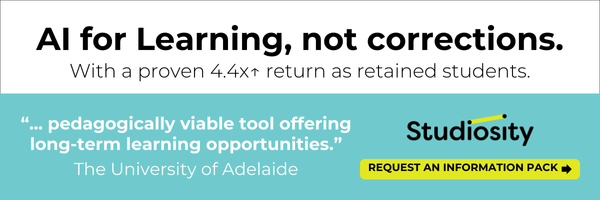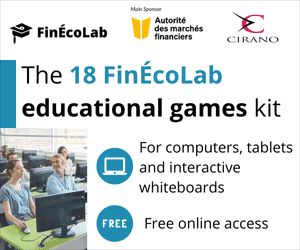College of the Rockies held a Work-integrated Learning (WIL) Symposium on Friday, April 11 showcasing some of the work completed by students, using the Riipen work-based learning platform. Riipen connects educators, students, and organizations through real-world projects, helping bridge the gap between academic learning and industry experience.
Among the standout collaborations was a project involving Associate of Science in Environmental Science students and Lucentara - a research and technology company focused on the restoration, analysis, and commercialization of ammolite, a rare and iridescent organic gemstone. Lucentara works closely with its mining partner, Dinosty Fossils, which manages ammolite extraction from the Bearpaw Formation in Alberta and Saskatchewan.
"This term, students participating in Riipen projects at the College of the Rockies were able to determine that ammolite gemstones can be detected in rocks using continuous-wave radar," said Geography and Geology instructor Dr. Nicolas Kinar.
In addition to radar detection, students applied artificial intelligence (AI) to recompose 3D models of rocks from a series of images. X-ray imaging was used to identify gemstone-bearing rock formations that arise when minerals precipitate and cement together sediments. Laser ablation techniques helped establish a baseline for automated, precision-based removal of rock, minimizing damage to the ammolite layers.
Associate of Science in Environmental Science student Maya Lara described the hands-on experience as a glimpse into her professional future.
"I was able to have a unique opportunity that allowed me to have an idea of the kind of research I could be doing in the future," she said. "The use of x-rays and lasers on rocks was something fun and tangible, and it directly related to the kinds of courses I am taking. Overall, I am grateful I had the chance to do hands on research in a new and exciting field of geology."
Lucentara's Chief Operating Officer Caitlin Furby praised the student team's contributions and their relevance to industry applications.
"From Lucentara's perspective as a company focused on the research and innovation around ammolite, the work done by College of the Rockies students is both relevant and inspiring. The use of ground-penetrating radar (GPR) as a non-invasive method for detecting ammolite-bearing concretions is particularly promising, and we see real potential for integrating this into future fieldwork in partnership with Dinosty Fossils."
"Likewise, the exploration of laser ablation techniques showed encouraging progress toward minimizing physical damage to ammolite during preparation. The student team's data-driven approach to optimizing power levels and pass speeds reflects a deep data-driven approach to responsible resource recovery. Their work not only advances the science behind gemstone restoration but also demonstrates how applied research can lead to real innovation in commercial settings."
Dr. Kinar, who has long championed experiential learning through Riipen, reaffirmed the value of these collaborations.
"As educators, our role is crucial in ensuring opportunities like these are accessible and beneficial for students. Engaging with companies, facilitating connections, and supporting students throughout the process are key to the success of experiential learning activities. Platforms like Riipen can greatly assist in this process."
To learn more about College of the Rockies' work-integrated learning program, visit cotr.ca/wil or explore the Associate of Science, Environmental Science at cotr.ca/stem













